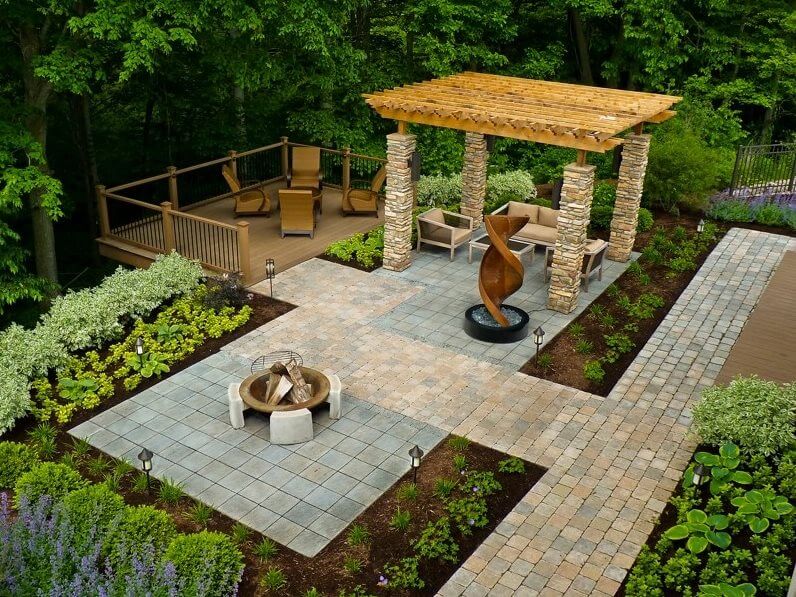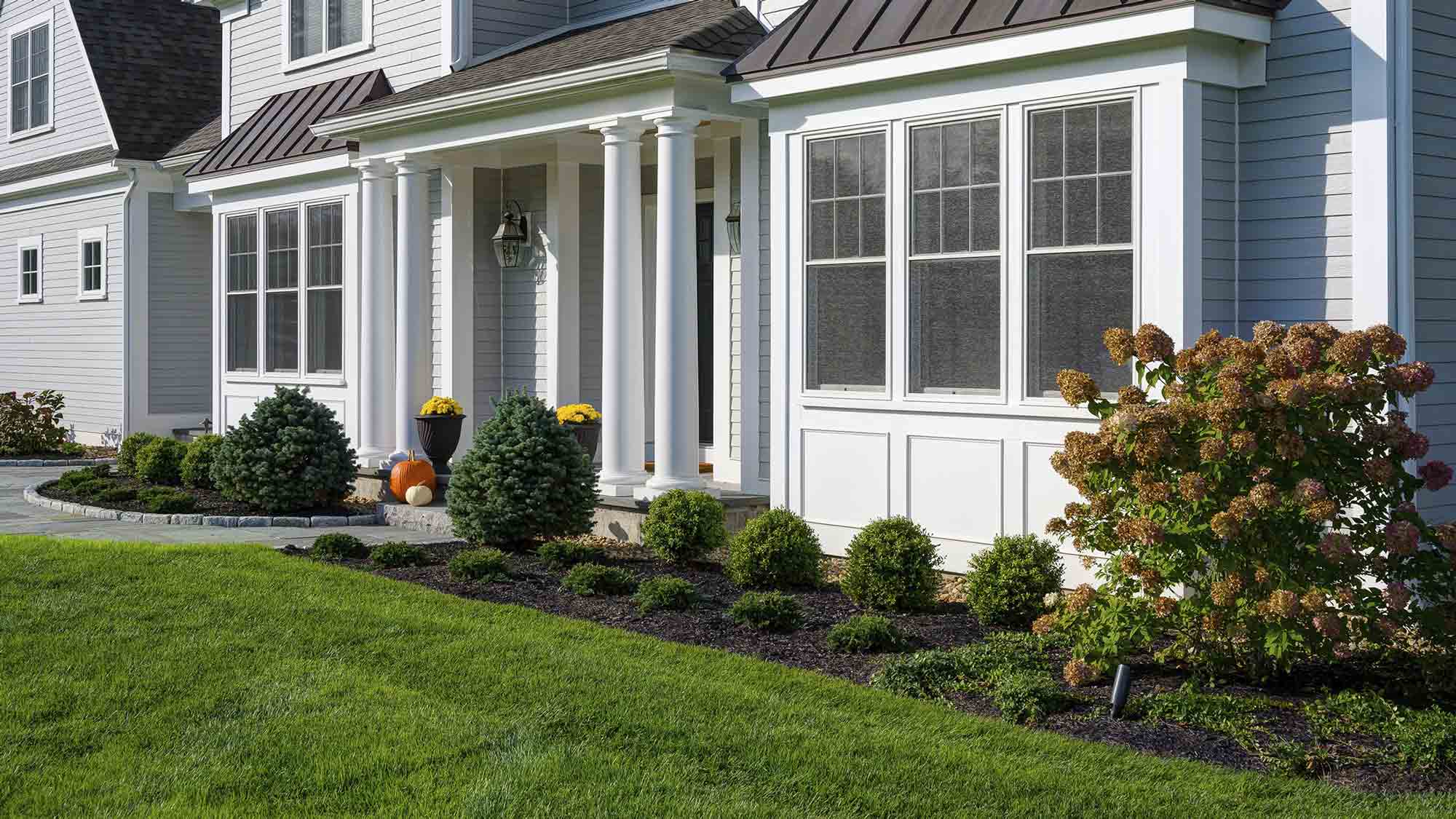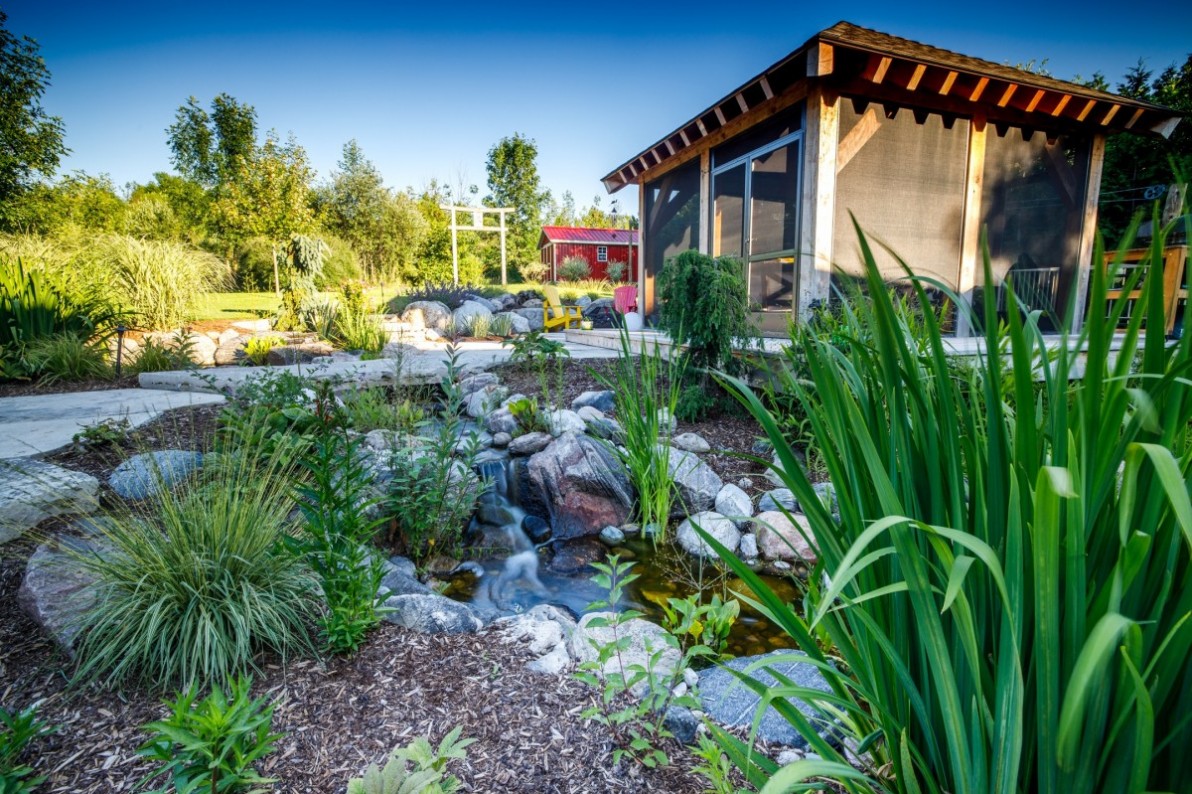Landscapers Fundamentals Explained
Landscapers Fundamentals Explained
Blog Article
Unknown Facts About Landscapers
Table of ContentsLandscapers Fundamentals ExplainedSee This Report about LandscapersThe Landscapers IdeasLandscapers Can Be Fun For EveryoneGetting My Landscapers To Work
- A tree or shrub (shrub) that sheds its leaves in wintertime. In the PNW there are semi-deciduous or semi-evergreen plants that might lose their fallen leaves relying on just how cool the winter season is. Abelia and some hebe are fine examples. Landscapers. - A level gathering room, made from wood or composite material (made to look like timber), normally adjacent or affixed to a framework.

This is an all-natural process, and the result can be made use of for paths and patios. - Secret landscape attributes being suggested in a landscape design strategy.
See This Report about Landscapers
These objectives guide the style procedure, not the designer's style or preferences. Typical style goals in Rose city are low upkeep, drought tolerant, and pet pleasant. - Process for removing or thinning the dead reduced level of a mature yard. Thatch is turf that has actually passed away and accumulated listed below the green blades.
However, in time this layer can obtain very thick and make it tough for water, sunlight, and nutrients to reach parts of the grass.- The process of collecting and controlling the circulation of water on a residential or commercial property. This can be made with grading, French drains pipes, completely dry wells, permeable surface areas, sump pump, rain gardens, and much more.
- A slow feeding irrigation system that uses versatile tubing and emitters to send an accurate quantity of water to each plant. - The capacity of a plant to make it through without much summer season water.
- A garden function where water is stood for by an accumulated rock item, normally a gravel or granite. These are most commonly located in modern and Japanese yard style.- A rock or flagstone outdoor patio, path, or sidewalk constructed without a concrete base. The base would be compacted gravel and the joints would certainly be an accumulation or walkable ground cover.
Some Known Facts About Landscapers.
- A stone maintaining or free standing wall built without making use of mortar. An extremely competent mason is needed for a completely dry pile stone wall surface. Most walls in Rose city are moist stacked, also if they show up to be. - A below ground framework that collect water and permits it to slow down percolate into the soil around it.
Landscape style that is suitable with a websites' environment in both appearance and sustainability without adverse impacts to the atmosphere. Bordering in the landscape is a line of separation that develops aesthetic passion in the garden by dividing one section from one more segment.
Areas can also have a feeling of "unit" offered by trees, other growings, fencings, or screens. The landscape near the entry to a building.
A plant that is not indigenous to the area where it will be planted. Thicker bladed lawn grass that spread through rhizomes.: The level of soil on your property prior to bark dust or garden compost is spread.
The Facts About Landscapers Uncovered

The objective, reason, or action that a location is be landscaped for. Stairs work, for instance, to read what he said allow foot website traffic blog here backwards and forwards a slope. Area for expanding plants for seeing, eating, or physical activity. A roofed structure used over an outside celebration area. The growing of a seed, possibly describing a lawn that is being expanded from seed.
Reduced plants that are permitted or urged to spread out over an area. Can refer to any kind of "tough" garden elements consisting of statuary or stones but many commonly is used to refer to courses, patios, and walls.: Elevation difference between the level of water in a pond (or the level of the pump if it rests outside the pond) and the upper electrical outlet of water which affects performance of the water pump in gph (gallons per hour).

3 Simple Techniques For Landscapers
Standard PNW landscapes are casual. A plant that spreads out more than desired, or into environments where it does damage.
Can include head positionings and protection, pipe sizing, GPM specifications, and materials needed to install this system. Licensed professional that makes landscapes, coached in design and design as well as in horticulture.
The professional that intends and establishes landscape projects, usually at a residential or little commercial level with the major layout motivation on growings. Landscape developers normally have less education than Landscape Architects and are not accredited. A completed landscape layout, describing all aspects for the new landscape. This usually takes the form of a drawing theoretically.
A water limited HDPE material made use of beneath ponds, streams and waterfalls in water functions. Utilizing numerous plantings of the same variety to fill up in a location in the landscape.
Report this page